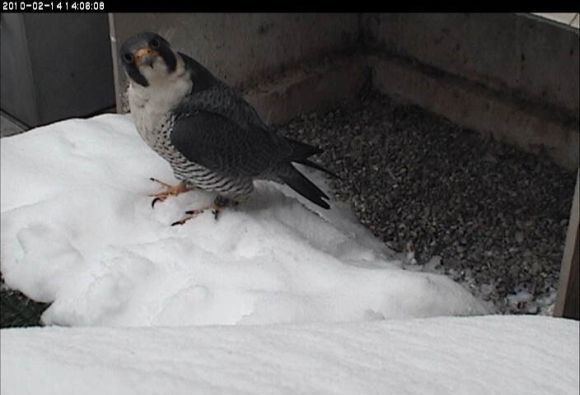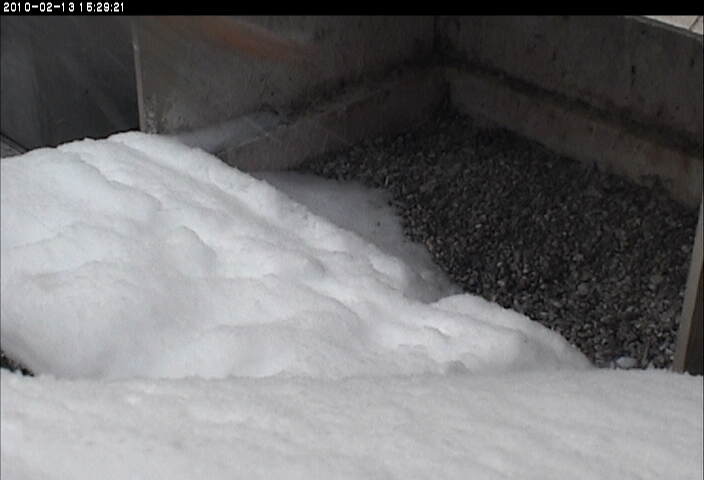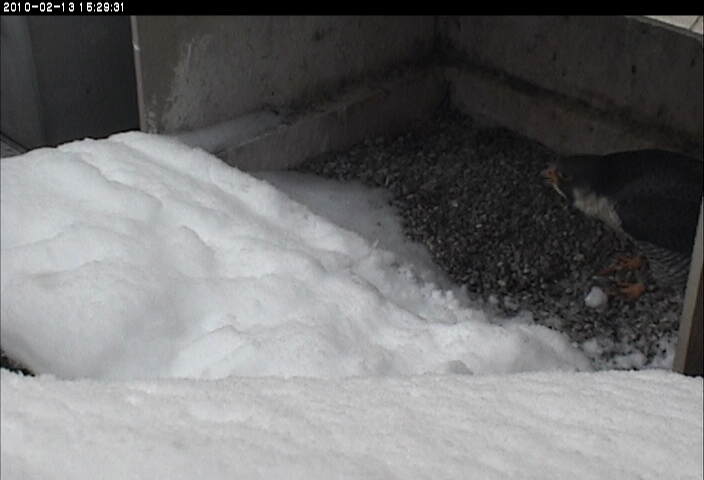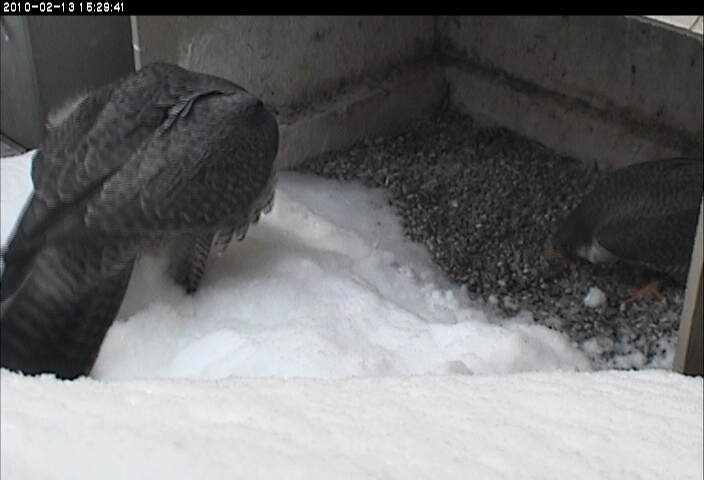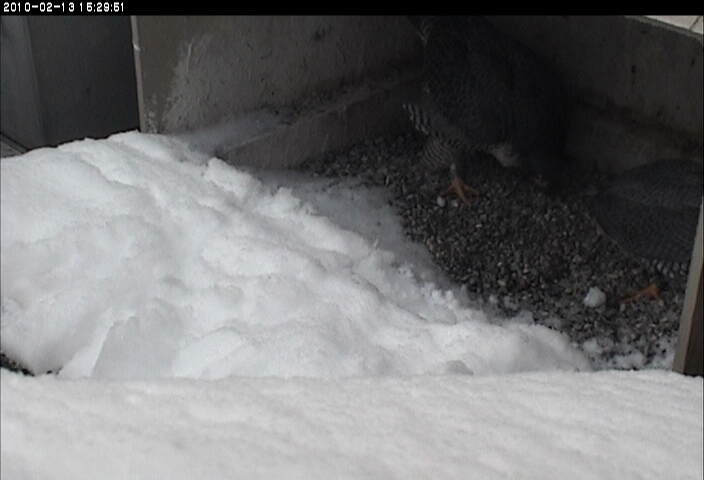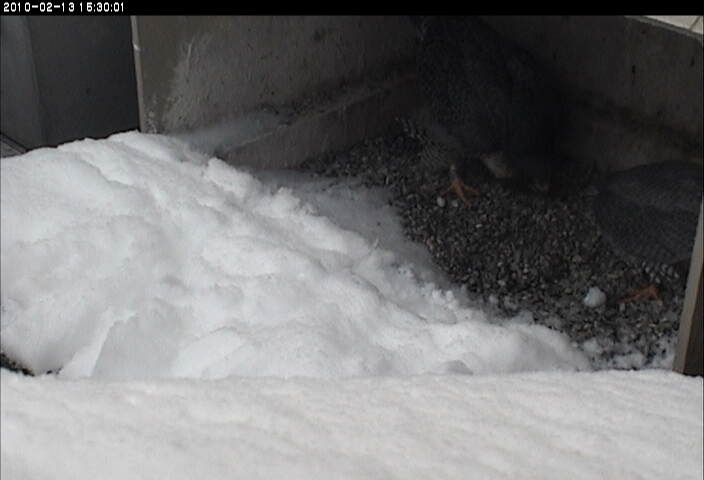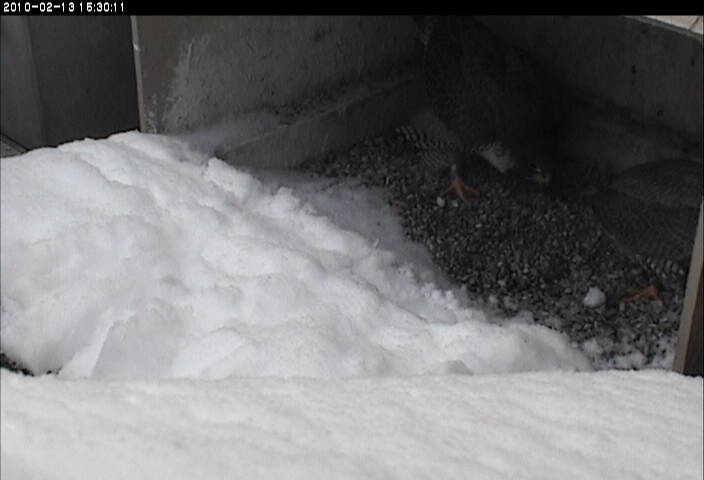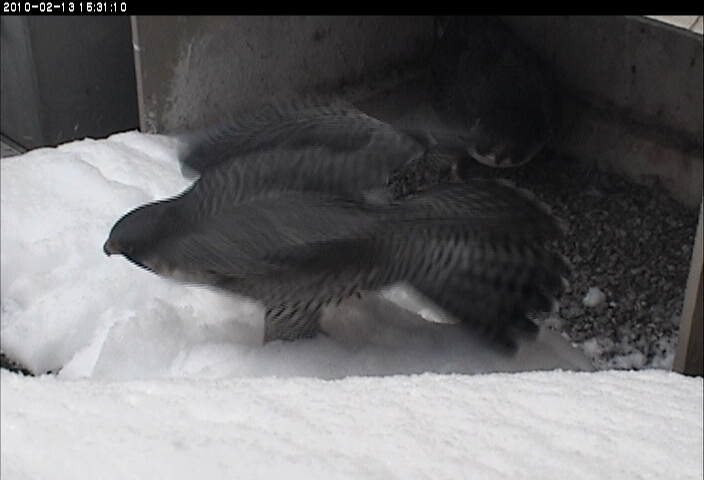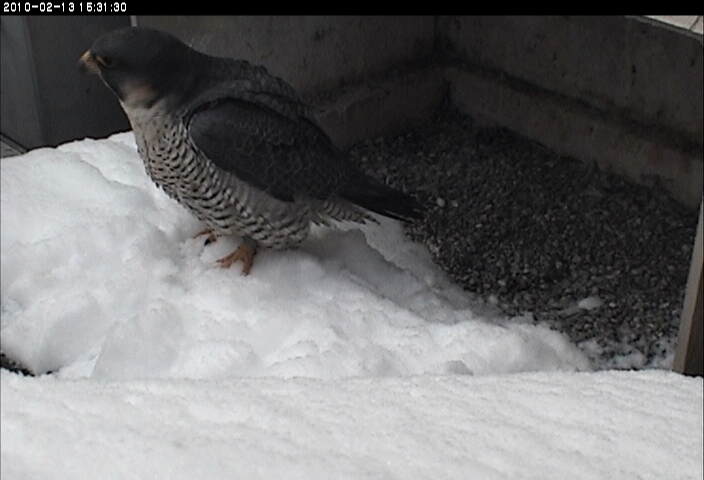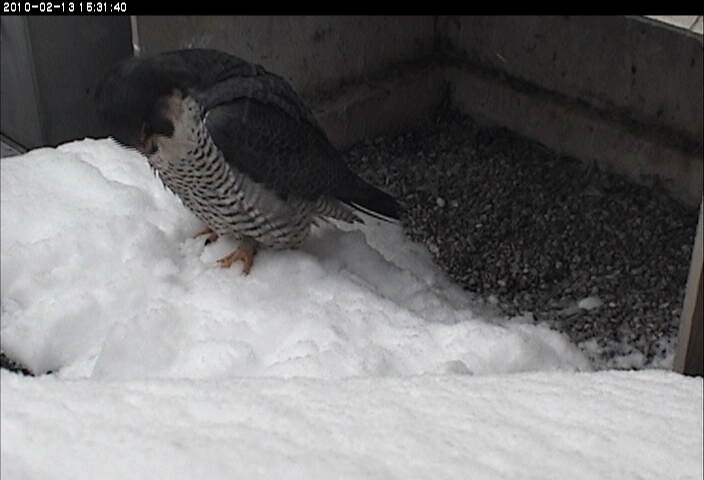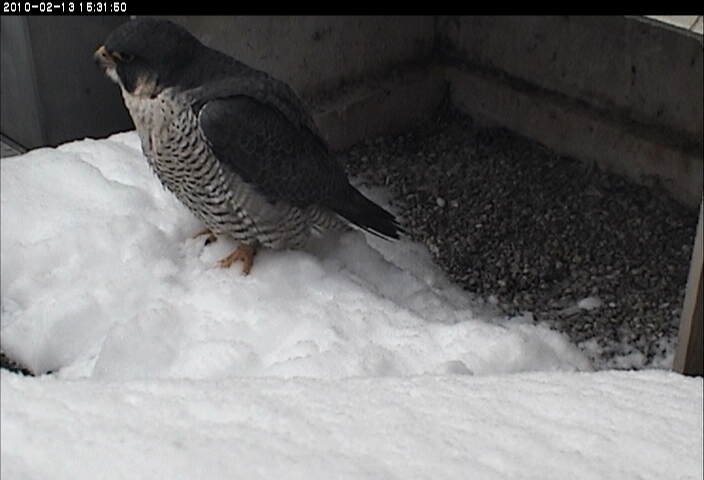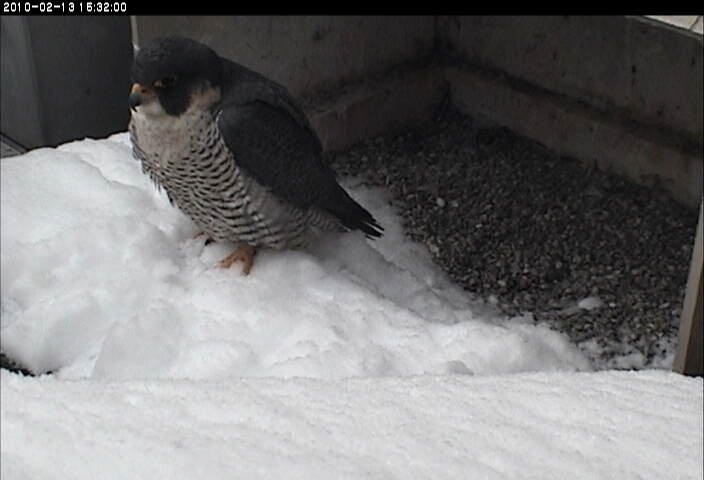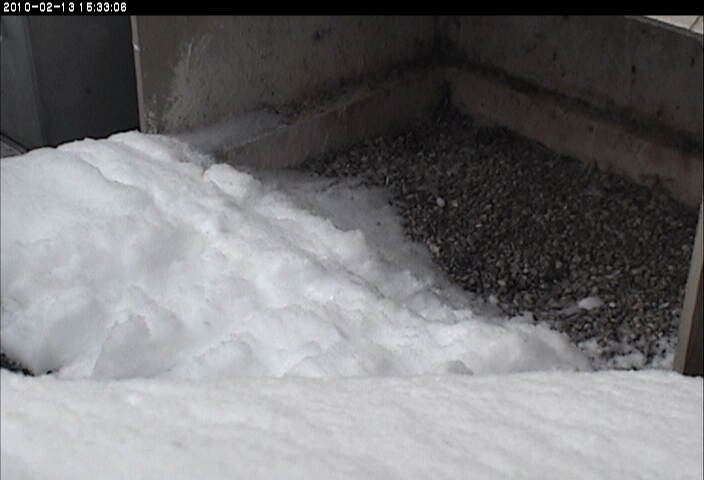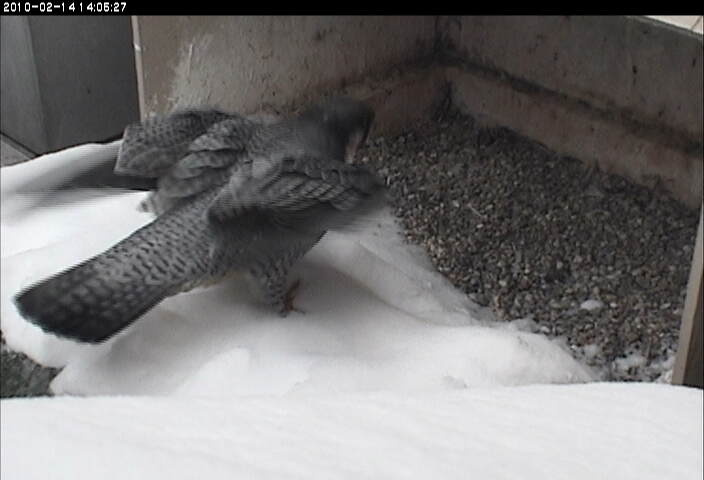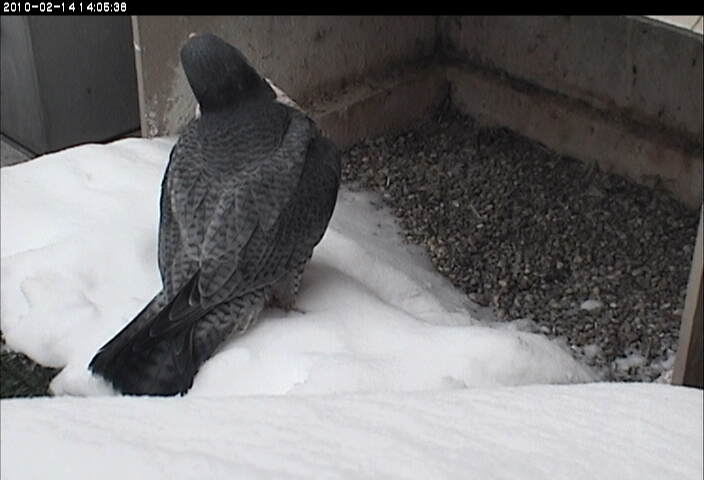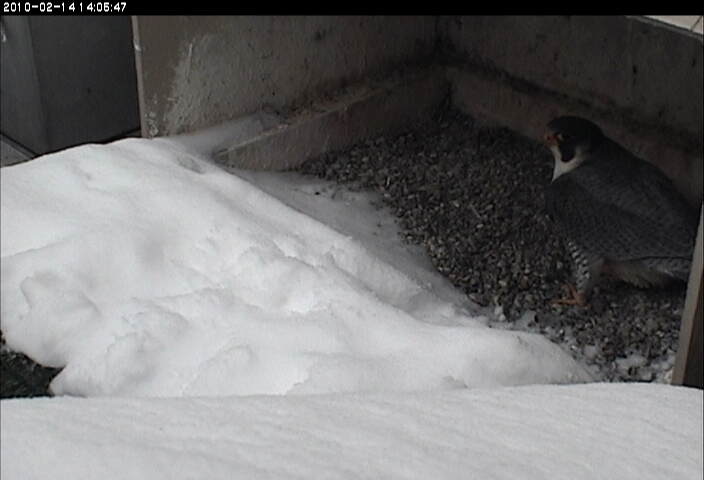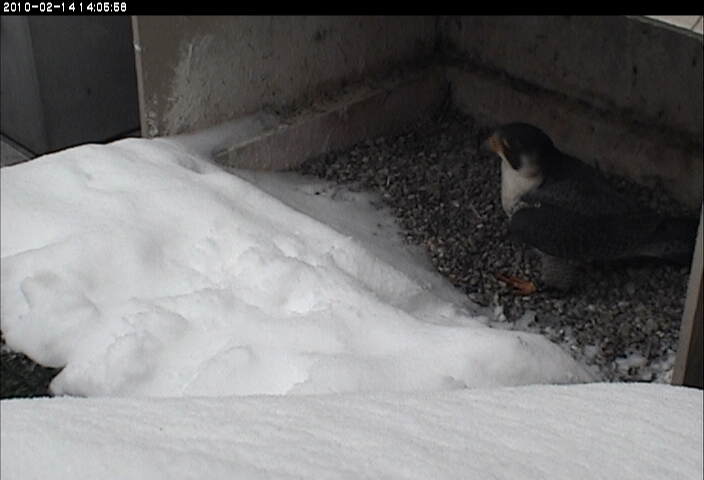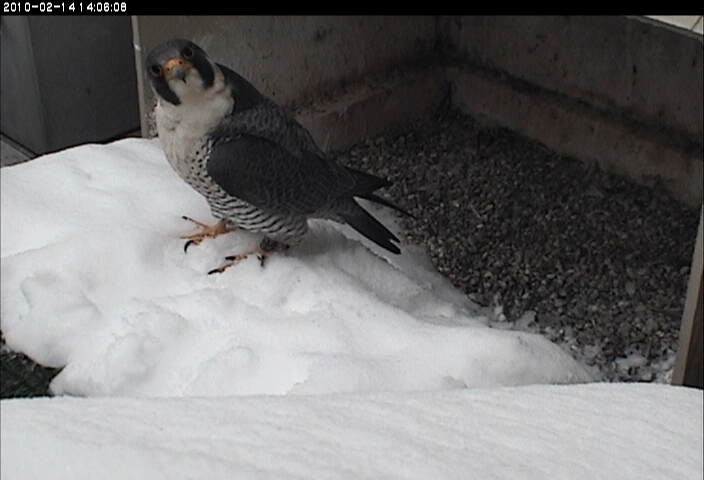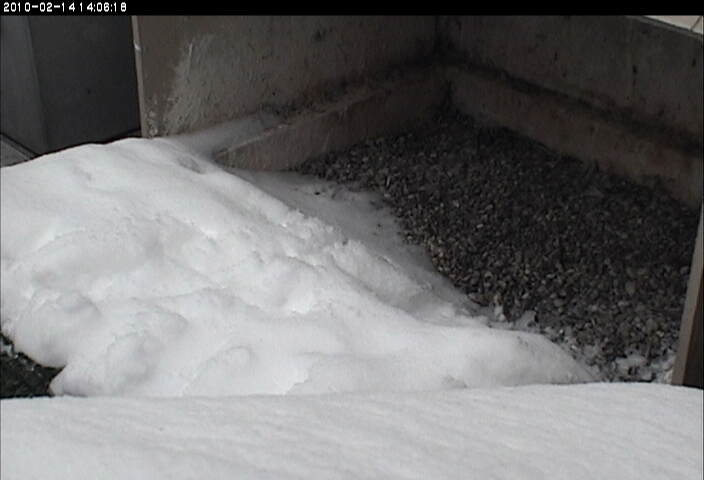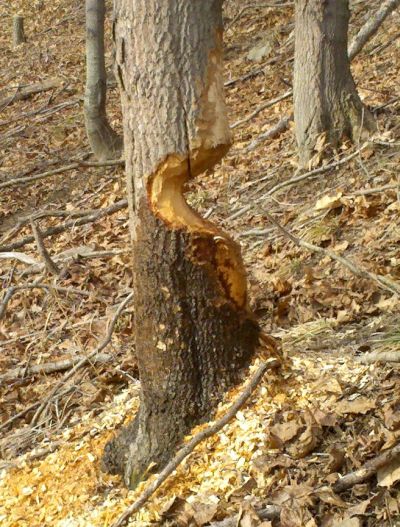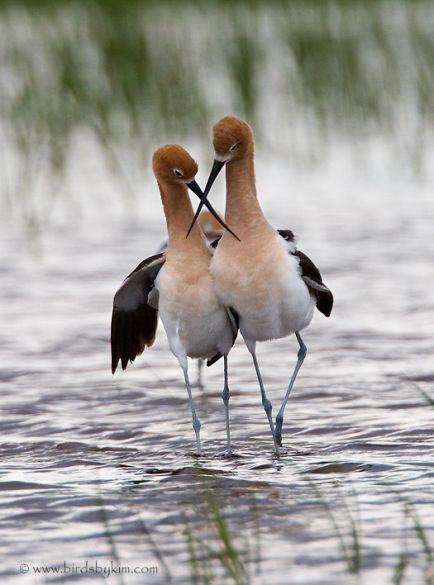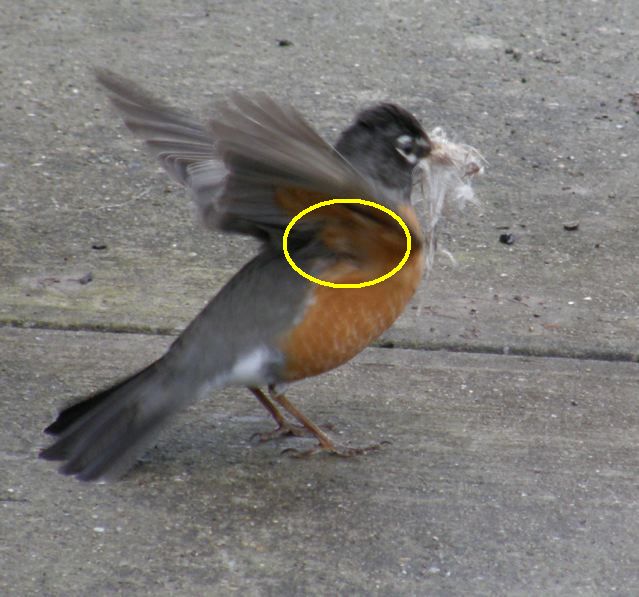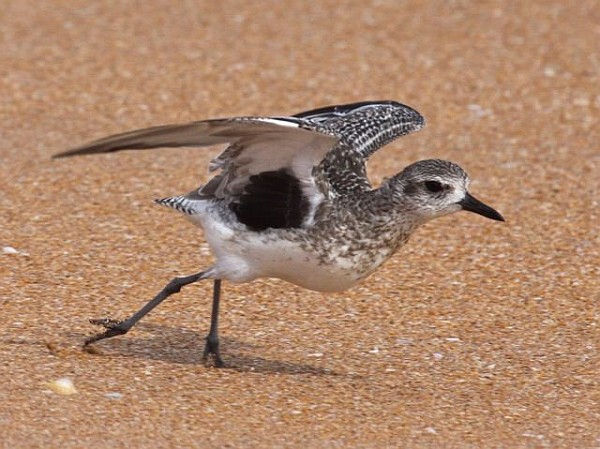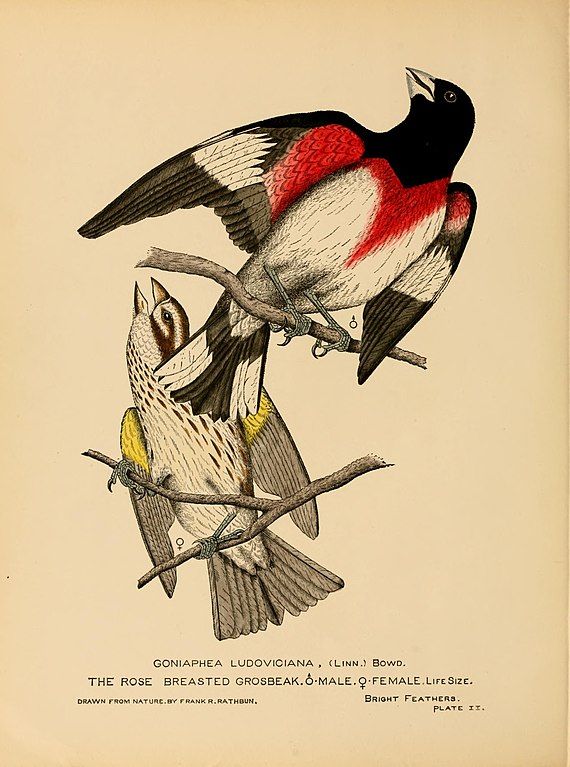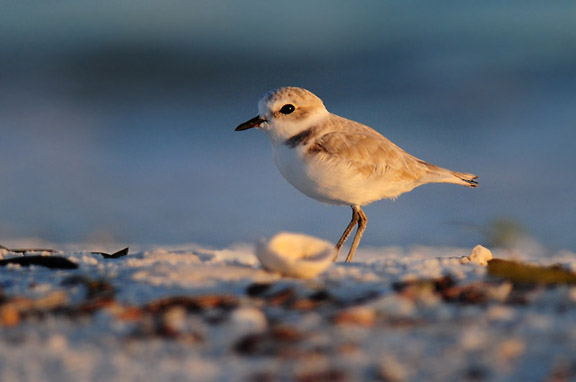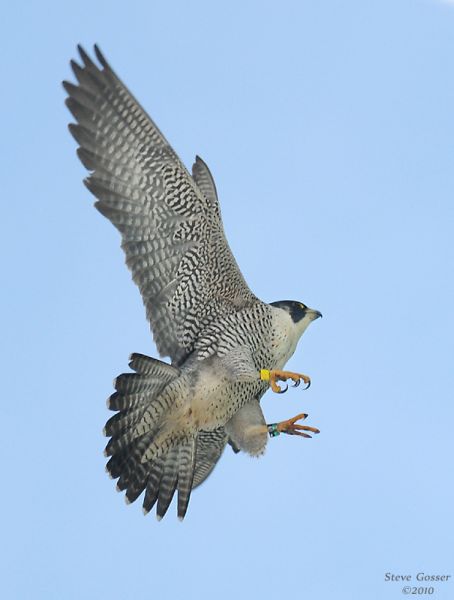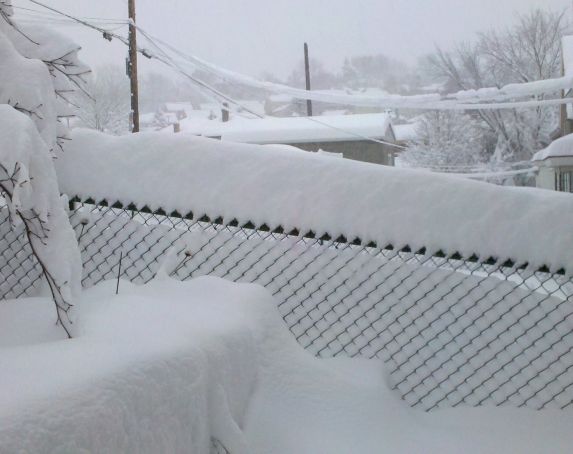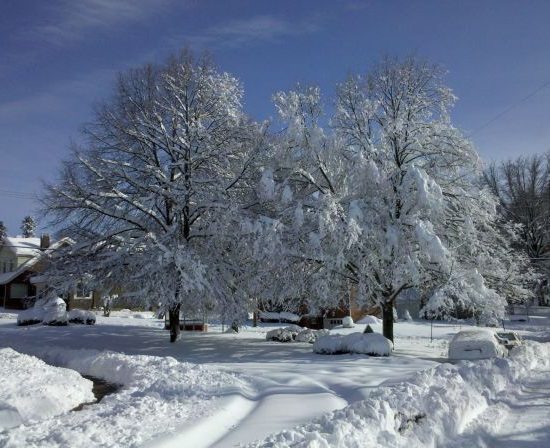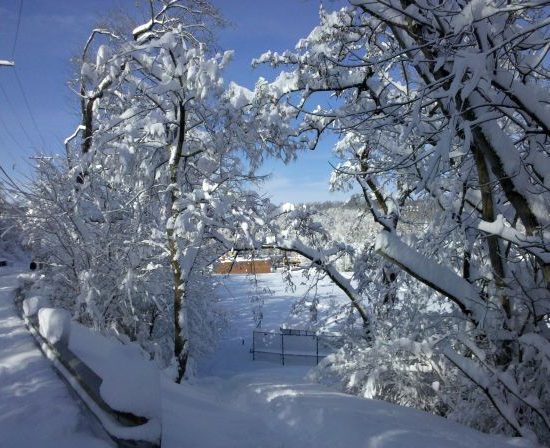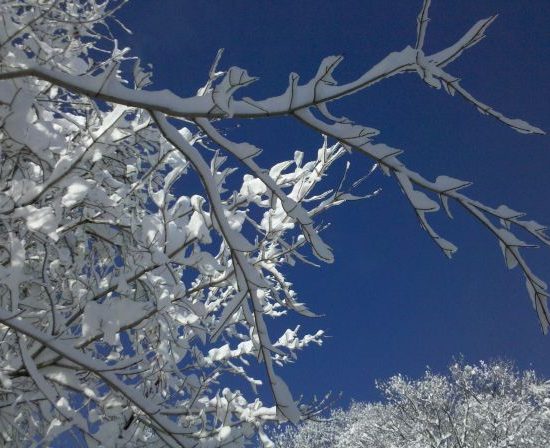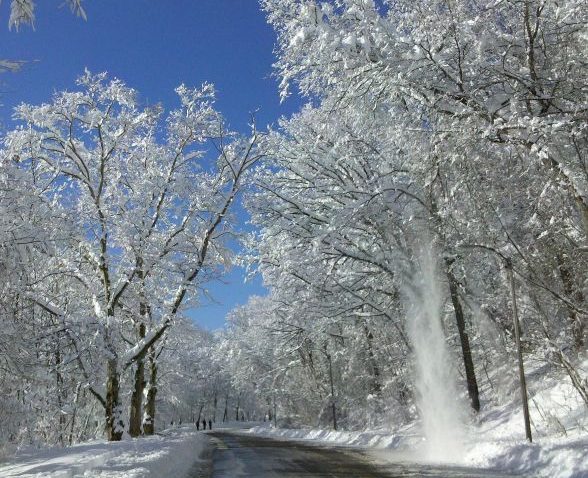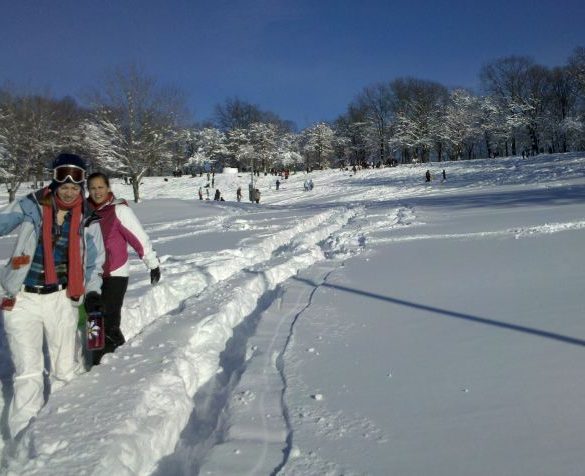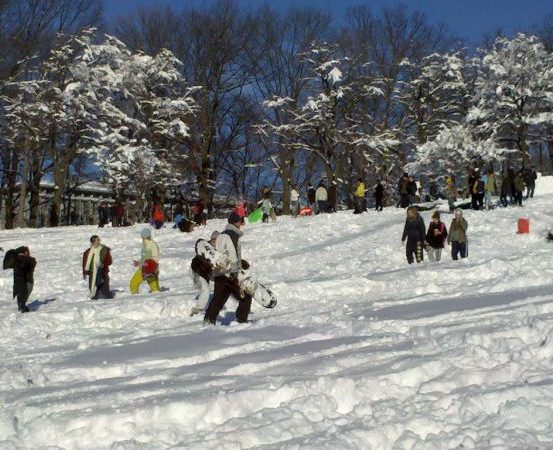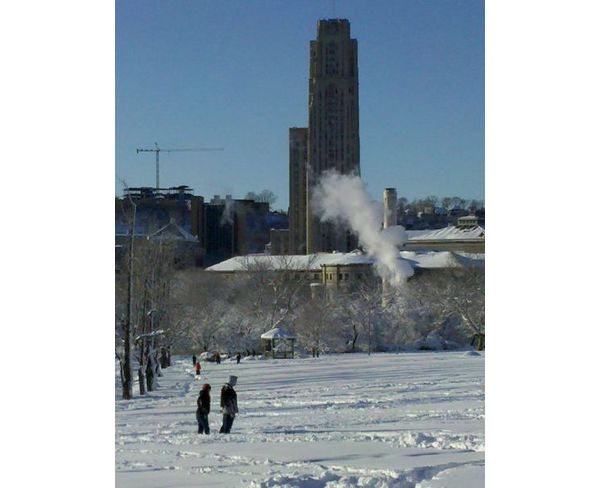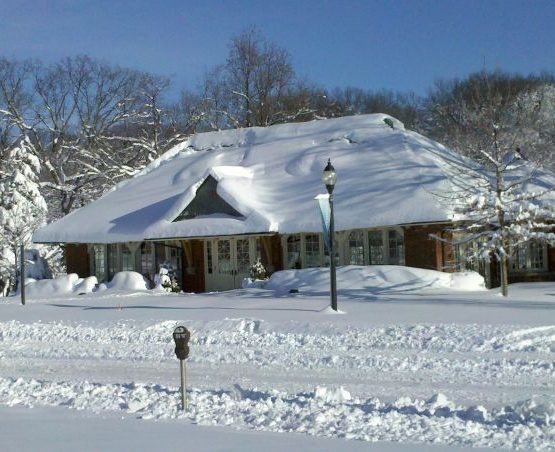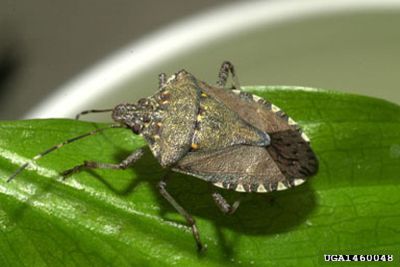 Those of you who read Chuck Tague’s blog have noticed he hasn’t updated it since January 21.
Those of you who read Chuck Tague’s blog have noticed he hasn’t updated it since January 21.
I did too. Around the end of January I emailed him saying “You must be away having fun since there’s no news on your blog.”
No, he isn’t away. He’s alive and well but his blog has a bug. There’s some kind of software problem that causes it to crash the minute he tries to change anything. The best he is able to do is post this comment on his last entry.
JANUARY 28, 2010
DEAR READERS:
MY APOLOGIES. BECAUSE OF A SOFTWARE PROBLEM I HAVEN’T BEEN ABLE TO ACCESS THE NATURE OBSERVER WEBSITE TO ADD OR EDIT FOR THE LAST WEEK. TECH SUPPORT AT APPLE IS WORKING ON THE PROBLEM.
CHUCK
Meanwhile, Chuck’s been busy birding and taking pictures while he waits for Apple to make the bug go away. It’s a pesky one and it’s still not solved.
It may be a real bug but it’s not a “true bug” like this brown marmorated stink bug that plagues us indoors.
😉
(photo from Wikimedia Commons, via The Bugwood Network at the University of Georgia. Click on the photo to see the original at Wikimedia.)
